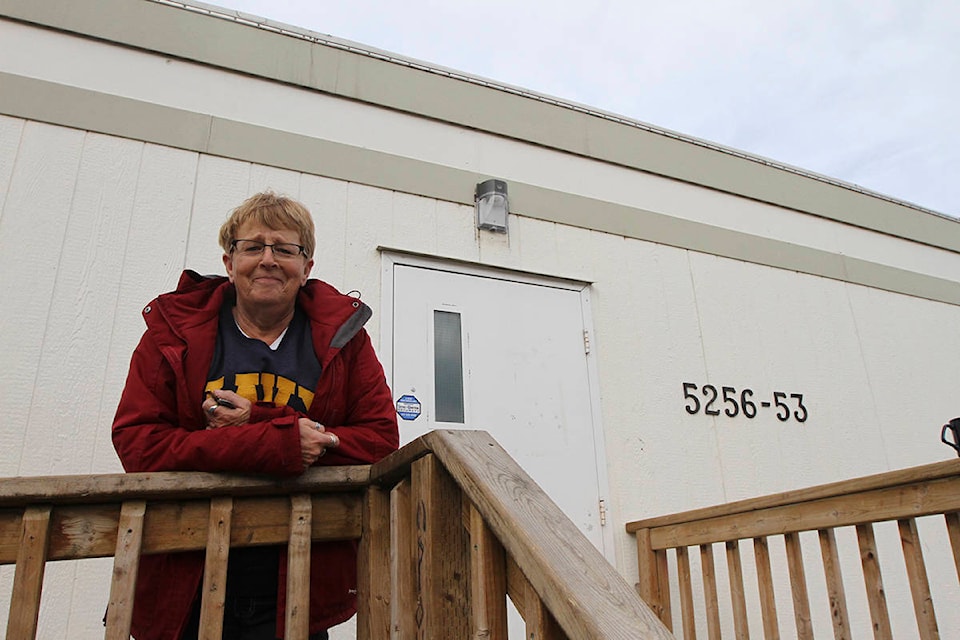Many of the 42-plus homeless people waiting for emergency housing will still be out in the cold when the snow flies, predicts Safe Harbour’s executive director.
Kath Hoffman said a shortage of transitional housing in Red Deer means that a lot of people will have to cope in shelters this fall and winter as they wait to get a more permanent roof over their heads.
An outreach team has been going out into the parks and woods of the city to tell rough sleepers about emergency housing programs — such as the housing-first program. It puts the homeless people who have addictions into accommodations that can provide supports to get them off drugs.
The City of Red Deer’s acting social planning manager, Bobby-Jo Stannard, has said the housing-first program can get people into accommodations relatively quickly. She declined to be more specific about wait times, saying these have not been studied.
But according to Hoffman, the waiting list is 42 people long to get into the Buffalo transitional housing units (that will be moving in November to the former Econo Lodge motel near the old bus station).
And an additional 16 people, who are in the midst of the intake process, will soon be added to that list.
Wait times depend on a person’s individual needs and what accommodations are available, said Hoffman, who feels it’s unlikely that everyone on the list can get placed before winter sets in.
She hopes those who continue to be homeless will use overnight shelters when the weather turns frigid, but knows some will continue camping outdoors.
“It’s surprising how cold it is and they still don’t come in…”
While the waiting list for the housing-first program is now shorter than it was four or five years ago, the Buffalo’s 39 units are running perpetually full.
Hoffman said this means there won’t be an opening unless somebody dies or transitions out, having conquered addiction and being assessed as healthy enough to live independently.
She added no one wants to rush the process and risk losing whatever gains were made.
About eight more housing units will be available in the motel space. But Hoffman figures two more housing complexes of 30 units each would be needed to meet the existing demand.
Homeless people, some who have neither addictions nor mental health issues, can also also receive housing help or referrals from many other agencies. These include Alberta Health Services, the Women’s Emergency Shelter, Central Alberta Outreach, Canadian Mental Health Association (which runs the Buffalo), the Red Deer Native Friendship Centre, and other groups.
Hoffman said these agencies regularly meet to co-ordinate their efforts.
She knows organizers of The Mustard Seed and the proposed Dream Centre for addictions treatment envision eventually offering their own transitional housing program for their clients.
Local groups are hoping for more funding to help the homeless in the upcoming provincial budget.
Hoffman noted this city has historically had fewer shelter beds and affordable housing units than many other Alberta centres.
lmichelin@reddeeradvocate.com
Like us on Facebook and follow us on Twitter
